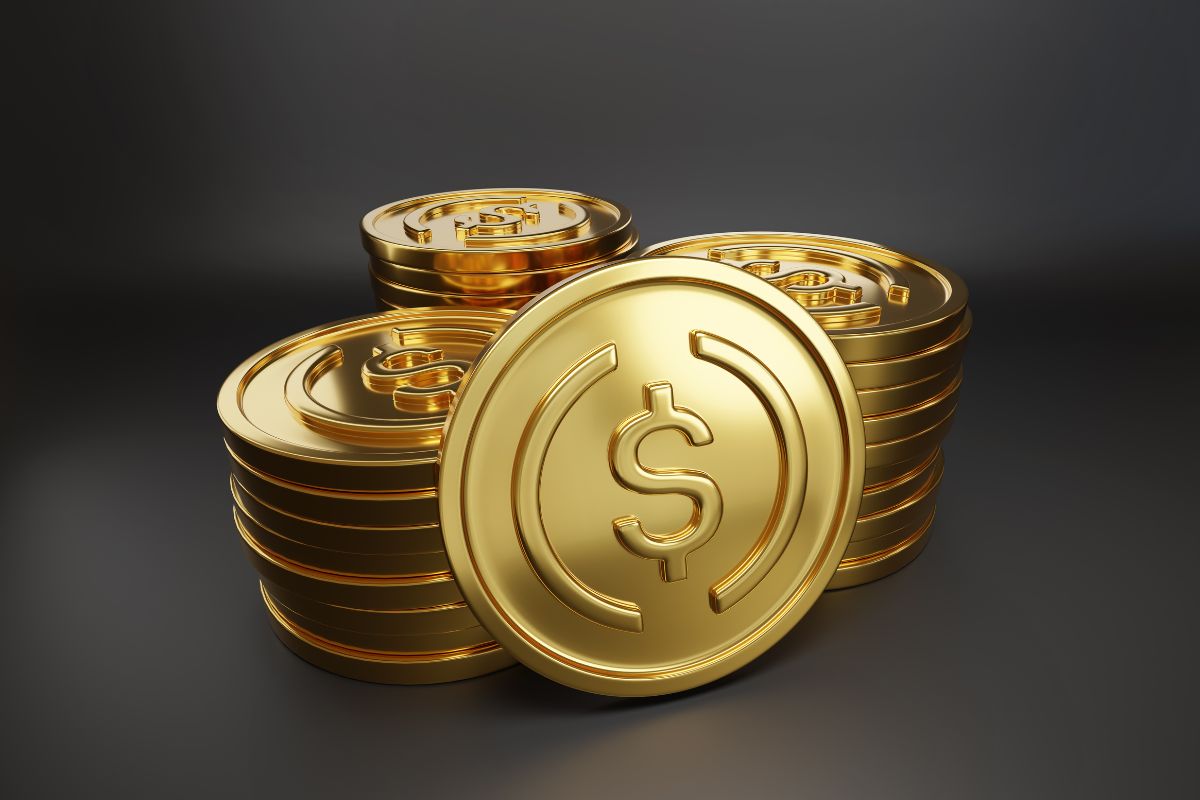The SEC’s Division of Corporation Finance is publishing a series of releases dedicated to jurisdictional exemptions for the crypto space. Although the Trump Administration seems more willing to support this growing universe, the literature published by the SEC maintains that certain so-called “stablecoins” are not securities. For Caroline A. Crenshaw, Commissioner of the U.S. regulator, the most striking part of this statement is not so much its final conclusion, but the analysis the staff relies on to reach it. “The legal and factual errors in the statement present a distorted view of the market for U.S. dollar-pegged stablecoins, drastically underestimating their risks,” she says.
As she explains, much of the staff’s analysis is based on the actions of issuers who supposedly stabilize the price, guarantee redemption capability, and generally reduce risk. SEC experts acknowledge, albeit briefly, that some dollar stablecoins are only available to retail buyers through an intermediary and not directly from the issuer. In reality, they acknowledge that it is common—not the exception—for these coins to be available to the retail public only through intermediaries who sell them on the secondary market, such as cryptocurrency trading platforms.
Specifically, more than 90% of stablecoins in circulation are distributed in this way. “Holders of these coins can only redeem them through the intermediary. If the intermediary cannot or will not redeem the stablecoin, the holder has no contractual recourse against the issuer. The role of intermediaries—particularly unregistered trading platforms—as primary distributors of dollar-backed stablecoins poses a series of additional significant risks that the staff does not consider,” says Crenshaw.
Consequences for the Investor
In the Commissioner’s opinion, people are not thoroughly analyzing the consequences of this market structure or how it affects risk, and she argues that the fact that intermediaries handle most of the distribution and redemption of retail dollar stablecoins significantly diminishes the value of the issuer actions on which the staff relies as “risk-reducing features.”
“One of these key features is the issuer’s reserve of assets, which the staff describes as designed to fully meet its redemption obligations—that is, to have enough assets to pay $1 for every coin in circulation. But, as mentioned, issuers generally have no redemption obligations to retail coin holders. These holders have no interest in or right to access the issuer’s reserve. If they redeem coins through an intermediary, the payment comes from the intermediary, not from the issuer’s reserve. The intermediary is not obligated to redeem a coin for $1 and will pay the holder the market price. Therefore, retail holders do not have, as the staff claims, a right to dollar-for-dollar redemption,” she argues.
On the other hand, she considers it inaccurate for the staff to suggest that just because an issuer’s reserve is valued at some point above the face value of its coins in circulation, the issuer has sufficient reserves to meet unlimited redemption requests (whether from intermediaries or holders) in the future.
“The staff also exaggerates the value of the issuer’s reserves as collateral by claiming that some issuers publish reports, called proof-of-reserves, showing that a stablecoin is backed by sufficient reserves. As the SEC and PCAOB have warned, proof-of-reserves reports do not prove such a thing,” she adds.
The SEC’s Conclusion
For the Commissioner, these legal and factual errors in the staff’s statement severely harm holders of dollar stablecoins and, given the central role of these coins in crypto markets, also harm crypto investors in general. Moreover, she highlights that they feed into a dangerous industry narrative about the supposed stability and safety of these products.
“This is especially evident with the staff’s choice to repeat a highly misleading marketing term: digital dollar, to describe U.S. dollar stablecoins. Make no mistake: there is nothing equivalent between the U.S. dollar and privately issued, unregulated, opaque (even clearly opaque to the staff itself), uncollateralized, uninsured cryptoassets loaded with risk at every stage of their multi-level distribution chain. They are a risky business,” she argues.
What Is Happening in Other Parts of the World?
Interestingly, in Latin America, interest in stablecoins has grown over recent years as a tool against inflation—as seen in countries like Argentina and Venezuela—as well as an alternative for facilitating international transactions (Mexico being a prime example) and promoting financial inclusion.
In terms of regulation, the situation varies widely by region. However, Brazil stands out, where a significant increase in stablecoin use has been observed, accounting for around 90% of cryptoasset transactions in the country. According to experts, this growth has led authorities to consider specific regulations to address challenges related to oversight and enforcement.
Across the Atlantic, the European Central Bank (ECB) continues its efforts to ensure that the digital euro meets the Eurosystem’s objectives and aligns with legislative developments within the European Union. In this regard, two major steps were taken last year. First, the ECB published its first progress report on the preparation phase of the digital euro. It highlighted the design of high privacy standards so that digital payments, both online and offline, closely resemble cash transactions. In addition, work began on a methodology to calibrate holding limits for the digital euro.
Second, in December 2024, the ECB published its second progress report, covering progress made between May and October 2024. During this period, the Regulation Development Group completed a review of the initial draft regulation, addressing approximately 2,500 comments. Furthermore, seven new working groups were launched focusing on critical areas such as minimum user experience standards, risk management, and implementation specifications.




